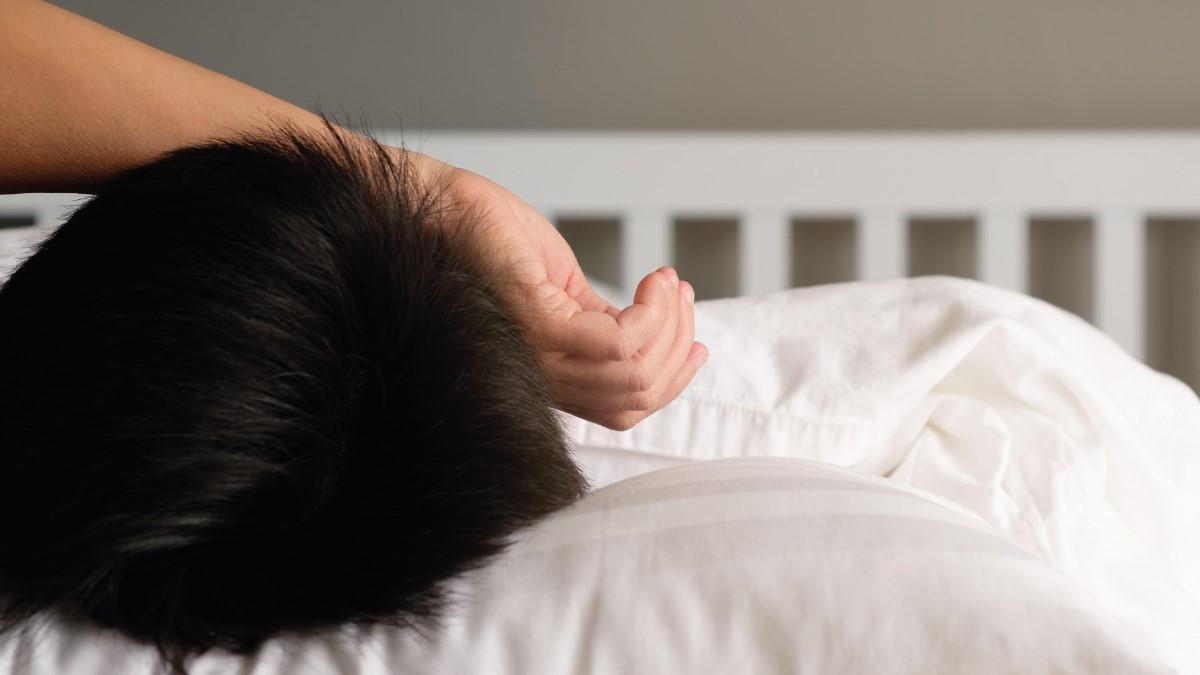Post viral fatigue in Covid-19
As we enter the next phase of pandemic response, physiotherapy services are looking to support people recovering from Covid-19. One of the most prevalent problems is fatigue. Fatigue following a viral infection is common, but for some people the symptoms may persist for months and impact on their quality of life. We asked Physios for ME (Karen Leslie, Dr Michelle Bull, Natalie Hilliard and Dr Nicola Clague-Baker) for the low-down on post viral fatigue syndrome.
What is post viral fatigue syndrome (PVFS), and how do I recognise it?
PVFS is a persistent state of ill health following a viral infection. Symptoms include fatigue, loss of energy, muscular aches and pains, intermittent flares of viral symptoms and an inability to return to previous levels of activity. PVFS is not the same as being deconditioned. Ignoring or exacerbating the symptoms may worsen them.
If there has been a sustained change to daily life and if rehabilitation isn’t progressing as you think it should, consider PVFS.
Where, say, a person may have returned to work but uses their weekends to recover, or is struggling even with basic daily tasks, it’s worth considering PVFS.
With PVFS there is a possibility of development into Myalgic Encephalomyelitis (ME – often known as chronic fatigue syndrome or CFS). The link between severe viral infection and ME is clear. Previous outbreaks of SARS and Epstein Barr saw a 10 per cent rise in the number of patients diagnosed with ME1,2. ME affects approximately 250,000 people in the UK, more than multiple sclerosis and Parkinson’s disease combined. Around 25 per cent of patients are completely bedbound.
If I suspect someone recovering from Covid-19 is developing PVFS, what should I do?
Adapt to provide pacing strategies to work within energy levels, rather than push beyond limits. And make sure you are clearly communicating your concerns with the multidisciplinary team for ongoing monitoring and support.
The best approach is to ensure adequate:
- rest
- nutrition
- sleep
How do I know if a person with PVFS has developed ME?
The hallmark feature of ME is post-exertional malaise (PEM), which is characterised by a set of symptoms including fever, muscle ache, headache, sensitivities, fatigue and dizziness. PEM is triggered by physical or cognitive exertion, which can be as simple as taking a shower or talking to a relative, and it can last days, weeks, or even months. PEM can manifest up to 24-48 hours after exertion, so it is not always apparent what activity was the trigger.
Clinical signs to look for include:
- post exertional malaise
- persistent reported fatigue that substantially reduces activity levels
- tiredness after sleep
- muscle and/or joint pain
- cognitive disturbances (memory, attention, information processing)
- sensory disturbances (photophobia, sound sensitivity)
- orthostatic intolerances (inability to tolerate anti-gravity positions)
- ongoing flu-like symptoms, swollen lymph glands, sore throat.
Research into the exercise physiological processes behind PEM is ongoing, so far finding3:
- increased intracellular acidosis in exercising muscles and reduced post-exercise recovery from exercise
- abnormally low anaerobic threshold during maximal testing
- reduced maximum heart rate, maximum oxygen consumption, cardiac output and blood pressure on maximal exertion.
Such adverse physiological processes can be temporary, but for many they can result in a progression of the severity of their condition.
What should physiotherapists do?
The challenge for physiotherapists who are working to rehabilitate people recovering from Covid-19 is to identify those who start to display symptoms of ME so that they can adapt their approach to avoid triggering PEM and worsening the condition.
Careful questioning and an awareness of their history may help to identify potential new ME patients. It may be several months before their symptoms are accurately identified.
A standard physiotherapy programme of graded exercise, no matter how gentle it begins, always hinges on the principle of progression, and will therefore always end up at a level that triggers PEM. Up to 80 per cent of ME patients who have attempted some form of graded exercise have reported a deterioration in their condition4, and NICE Guidelines are currently under review after a campaign to remove graded exercise from any recommendations.
So physiotherapy that might work for one group of post Covid-19 patients may end up worsening another group who have gone on to develop ME. This is why we need to continually evaluate our treatments and monitor patients closely, as well as update our knowledge base around this condition and its management.
More information
References:
1. Hickie, I., Davenport, T., Wakefield, D., Vollmer-Conna, U., Cameron, B., Vernon, S. D., Lloyd, A. (2006). Post-infective and chronic fatigue syndromes precipitated by viral and non-viral pathogens: prospective cohort study. BMJ, 333(7568), 575.
2 . Moldofsky, H., & Patcai, J. (2011). Chronic widespread musculoskeletal pain, fatigue, depression and disordered sleep in chronic post-SARS syndrome; a case-controlled study. BMC neurology, 11(1), 37.
3. Myalgic Encephalomyelitis - Adult & Peadiatric; International Consensus Primer for Medical Practitioners
4. Evaluation of a survey exploring the experiences of adults and children with ME/CFS who have participated in CBT and GET interventional programmes;Executive Summary from Forward ME
The CSP’s Professional Advice Service gives advice and support to members on complex and specialist enquiries about physiotherapy practice, including professional practice issues, standards, values and behaviours, international working, service design and commissioning, and policy in practice.
- Helen Harte is a CSP professional adviser
Number of subscribers: 2

